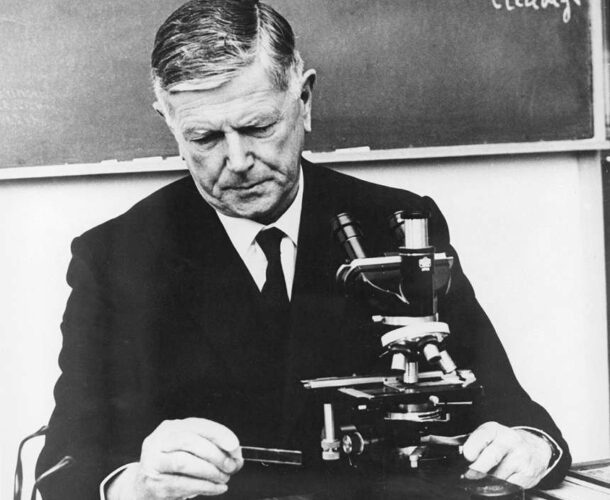Sir Frank Macfarlane Burnet discovers polio enters the body via the mouth, providing clues as to how the viral disease could be prevented.
Paralysing disease
In 1937, a major polio outbreak in Melbourne affected about 1800 people. The institute’s virology department, by then well established, investigated the virus behind this epidemic.
Burnet, together with research fellow Alan Jackson, and backed by the financial support of the National Health and Medical Research Council (NHMRC), conducted experiments that showed that infection could occur through the mouth – rather than via the nose, as was then thought. They also found that the virus multiplied in the intestine and that the associated invasion of the brain and spinal cord was an unfortunate by-product.
American scientists Howard Howe and David Bodian were doing similar, if more extensive experiments, with the same results. The findings formed the basis for the oral vaccine against polio that was released in the early 1960s.




